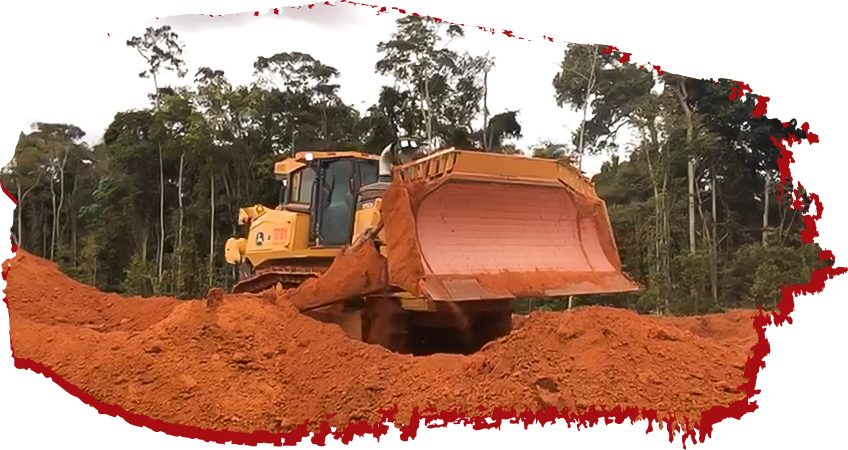The dead load (name given to the materials that sticks to the trucks’ and wagons’ buckets, like clay and dirt) can generate millions in losses in heavy industry revenues.
Besides representing financial losses, the problem reduces the operator’s quality of life and puts the safety of the fleet at risk.
So that you understand more about the dead load and its consequences, today’s blog brings the 3 main disadvantages about the subject and tips on how to best solve it. Keep reading!
Disadvantage 1: increased costs and risks in the operation
The dead load generates loss of load capacity, which increases the cost of the operation and considerably increases the risk of tipping the truck. Besides that, whasing the weighbridge to remove the materials of the buckets increases the non-working hours, generating even more financial loss.
To solve the situation, the tip is to invest in a quality non-stick coating, like the Duramaxx. Thereby, in addition to avoiding the adhesion of materials and the risks of tipping, you are not going to need labor to remove the dead load or to wash the weighbridge, reducing truck downtime.
Disadvantage 2: premature wear of equipment
To remove the dead load, it is common for the driver to make sudden movements to unstick the material from the bucket. This action, in addition to being dangerous, considerably damages the asset, reducing its lifespan.
When Duramaxx coated, the asset is preserved and the sudden movements are no longer needed, increasing the equipament’s lifespan and reducing the maintenence costs.
Disadvantage 3: Labor accidents and liabilities
The manual removal of dead load by workers can lead to major accidents. In addition to the danger to the employee’s health, this practice can generate labor liabilities for the company.
Coat your fleet with the Duramaxx coating, material with abrasion resistance far superior to the common UHMW on the market, avoids all the dead load disadvantages. So don’t waste time and get in touch now to solve the problem!
The installation of the plates is simple and fulfilled by means of welds, which avoids the need to make holes in the weighbridge, preserving the equipment.

